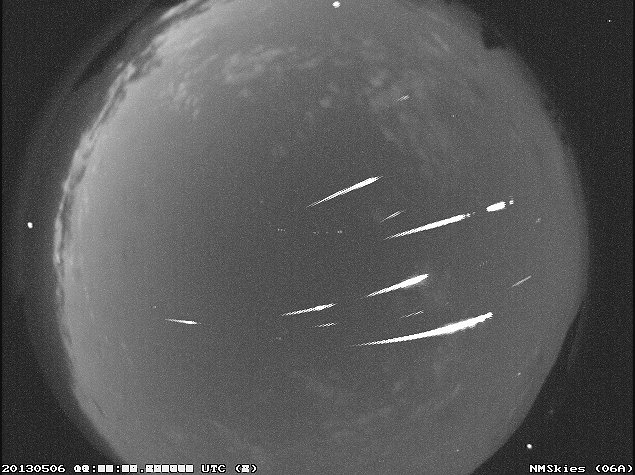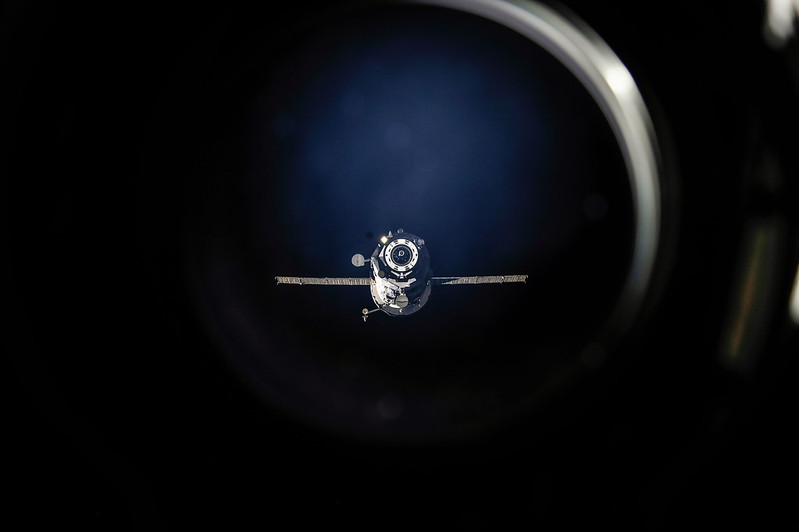Hi there! I am writing this post from Iceland, a few days after the last team members left Kulusuk, Greenland. Back from the field, we spent five days packing up our equipment and organizing the container for the end-of-summer field campaign. Overall the firn aquifer field campaign was a success. However, since we experienced difficult weather […]































